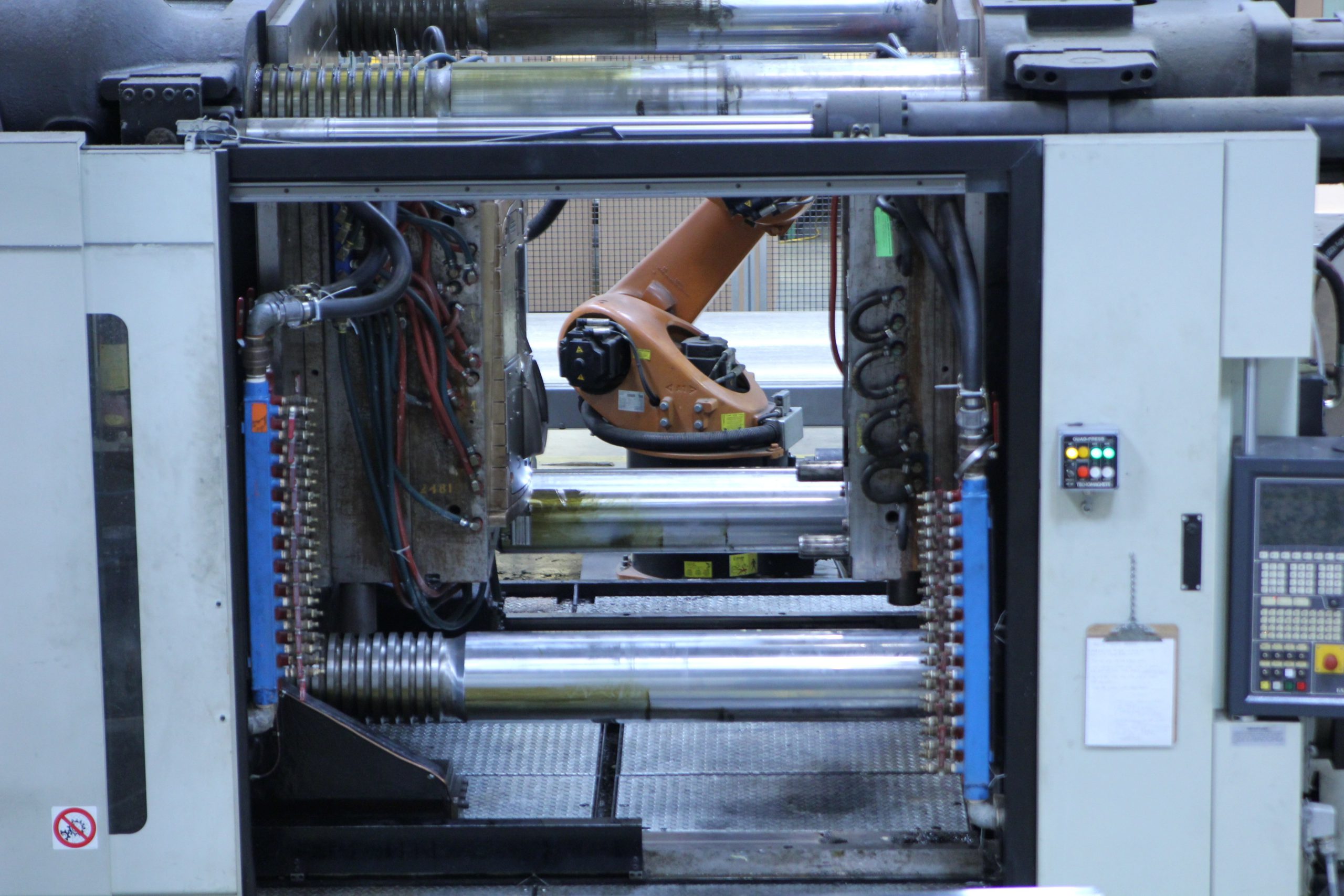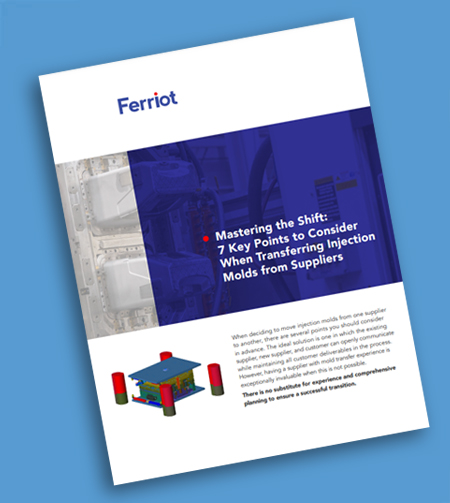
Plastic injection molding is perhaps one of the most popular forms of manufacturing today. Engineers and manufacturing companies from virtually every industry around the world have found that using injection molding to manufacture their products is one of the most cost-effective ways to go.
Cost effectiveness is not merely limited to the initial materials and machining costs, though. Other considerations have a direct effect on this claim including plastic part durability and longevity, customer and client satisfaction, part tolerances and overall labor costs. Read on to learn more about the top 7 benefits of working with an injection molding contract manufacturer.
1. Design Versatility
Injection molding can be used in a wide range of projects. From simple components to parts that have complex geometry and detail, injection molding enables manufacturers and engineers to develop a variety of different parts that are more difficult to make using other molding and machining processes.
The liquid nature of heated thermoplastics and the amount of pressure applied to the resins and molds allows for a high level of detail to be integrated into the molded component. Trying to manufacture parts with the same high level of detail and complexity through other means of manufacturing can be both expensive and challenging.
2. Speedy Part Production
Once the mold, commonly referred to as a “tool”, is complete, you are ready to produce parts. Injection molding is perfect for mass producing parts as the time to mold a part can be as short as 15-30 seconds. In addition, a multi-cavity mold can produce multiple parts at once or family molds can produce two different parts at the same time, for example the top and bottom of an enclosure.
Most injection molding machines are automatic. They’re programmed for optimal pressure and cool time for each tool. This means that injection molding new parts is a streamlined, repeatable and consistent process. So, you have machines that are designed and programmed to save time, long-lasting steel tools that will allow you maximum production runs and a complete process that runs faster than other manufacturing methods. The efficiencies inherent in the injection molding process means saving both time and money.
3. Enhanced Durability & Flexibility
There are a variety of standard and custom resins that you can choose for your injection molded components. Based on the needs of your particular product, you can indeed make a part that is stronger yet more flexible than with other forms of manufacturing. Fillers used in the resin mix allow the parts to maintain an increased durability while also boasting a less dense—and thus lighter weight part.
The number of choices when it comes to thermoplastics for injection molding is nearly limitless. The resins can be more or less susceptible to temperatures, chemicals and other environmental factors.
Overall, injection molding allows you to specify the properties of component material. This allows for highly customized units. It also provides parts that last longer in use and under harsh conditions, increasing the value to the consumer.
4. Multiple Resin Materials
Injection molding has an advantage in that you can choose to use different types of resins simultaneously during the same molding process. This is done via co-injection molding. This process uses a three-step injection process. First, one type of resin is injected into the mold to create the outer skin or laminate. This is followed by another resin being injected into the core of the mold. Finally, the outer or “skin” resin is injected to fully encapsulate the piece.
The basic premise is that regrind or reprocessed materials serve as the inner core of a part while new resin covers the part. This way you have the same strength throughout, and an excellent outer appearance. Why do this? There are two key reasons. First, injection molding generates little waste. You are using repurposed plastic, known as “regrind” which is better for the environment. Secondly, it lowers the cost of the parts produced, because reprocessed material costs less than virgin resin.
5. Automated Manufacturing Process
Injection molding is a mostly automated process. That means that a sole operator can manage multiple machines. This means a lower cost in overall labor. Furthermore, while humans remain nearby to run and assist the process, computers and robots handle most of the work. With today’s advanced computer aided design (CAD) and computer aided manufacturing (CAM) software, higher accuracies and tighter tolerances can be maintained.
6. Variances in Aesthetics
Another great benefit to injection molding is that it is easy to make the same part using different materials. This will result in providing different aesthetics. Smooth and high sheen plastics are available as well as those that are rough textured. The mold can be textured with the desired finish. While considering options for a part’s finish, also take into account whether the part will need to be painted. Some thermoplastics are ideal for painting while others are available in multiple colors, so painting is not even necessary.
7. Combine the Benefits
When injection molded parts are completed, they require little to no additional work such as deburring, and other finishing touches required with other manufacturing types. While there is an initial investment in molding dies and design, this cost will be outweighed by the savings in longer and/or recurrent production runs. Instead of making thousands of parts again and again, you make the part once and are able to make copies repeatedly. It is faster and typically cheaper to go with injection molding for a wide range of manufacturing projects.
To learn how to get the most from your relationship with an injection molding contract manufacturer, download our free guide—Designing Injection Molded Parts: A Handbook for Designers & Engineers. Or, if you prefer, call us at (330) 786-3000 for immediate assistance.
Learn more:
- How to Get More from Your Injection Molding Contract Manufacturer
- Basics of Custom Mold Design
- Case Study: How to turn an Injection Molding Vendor into a Partner




